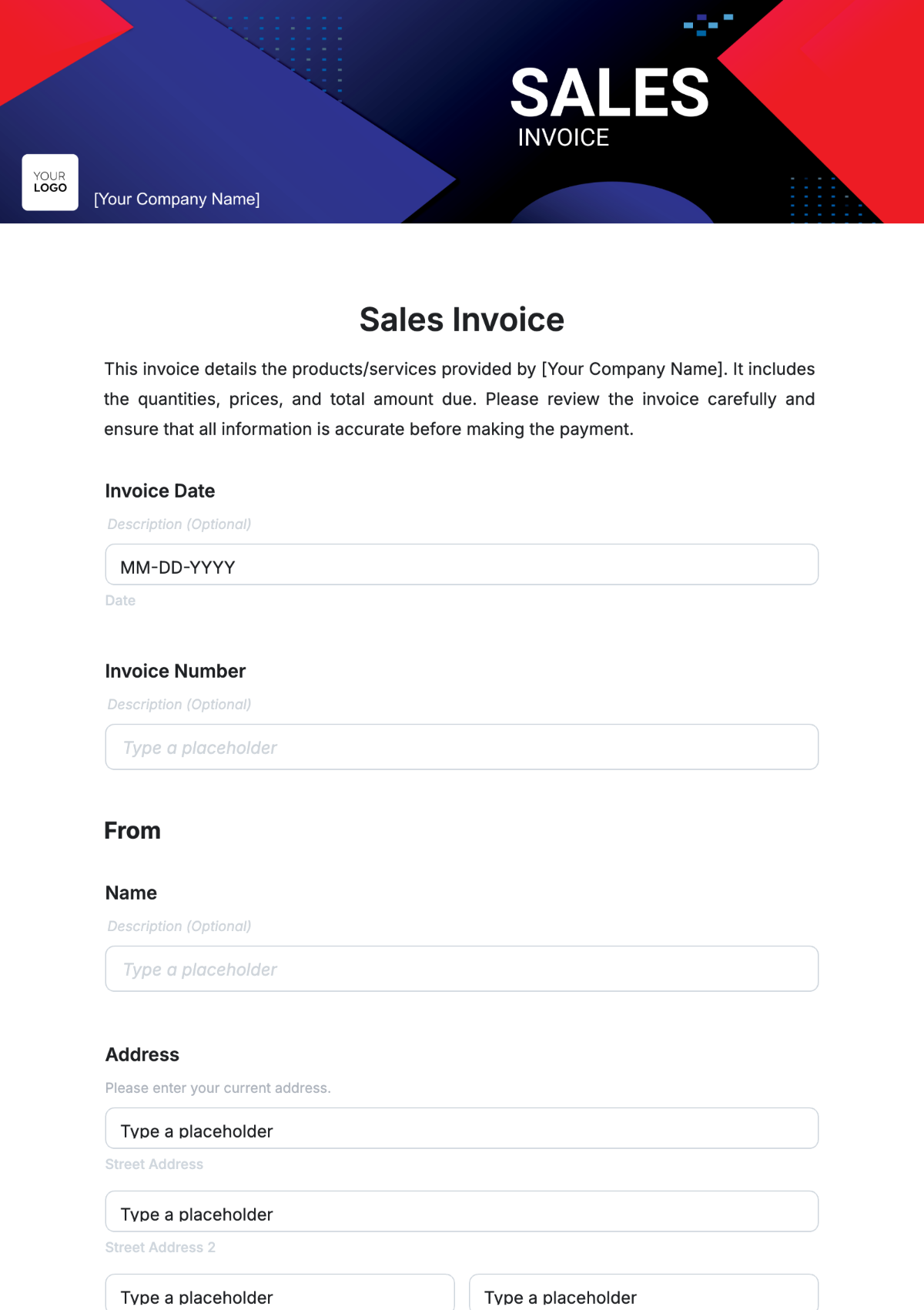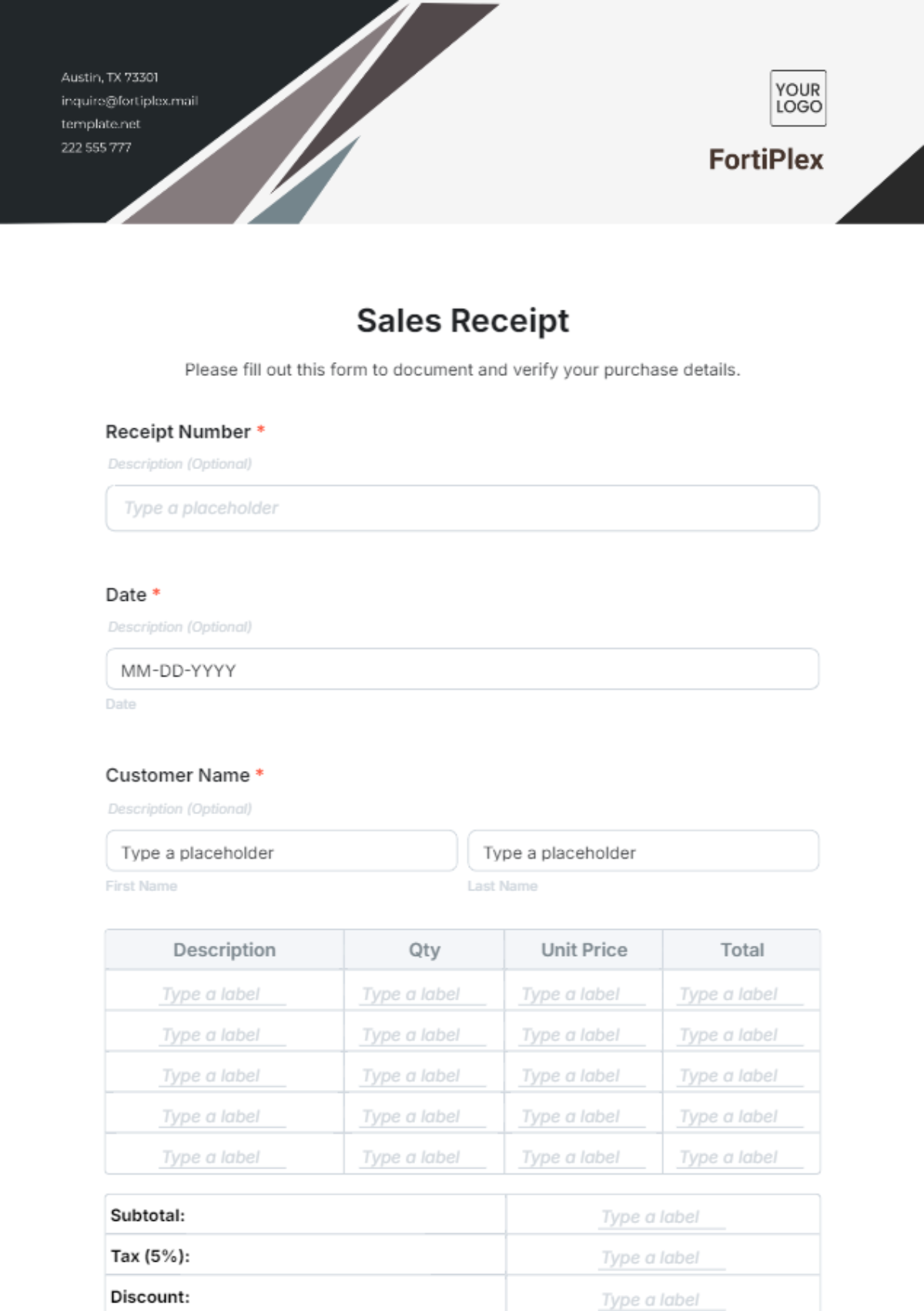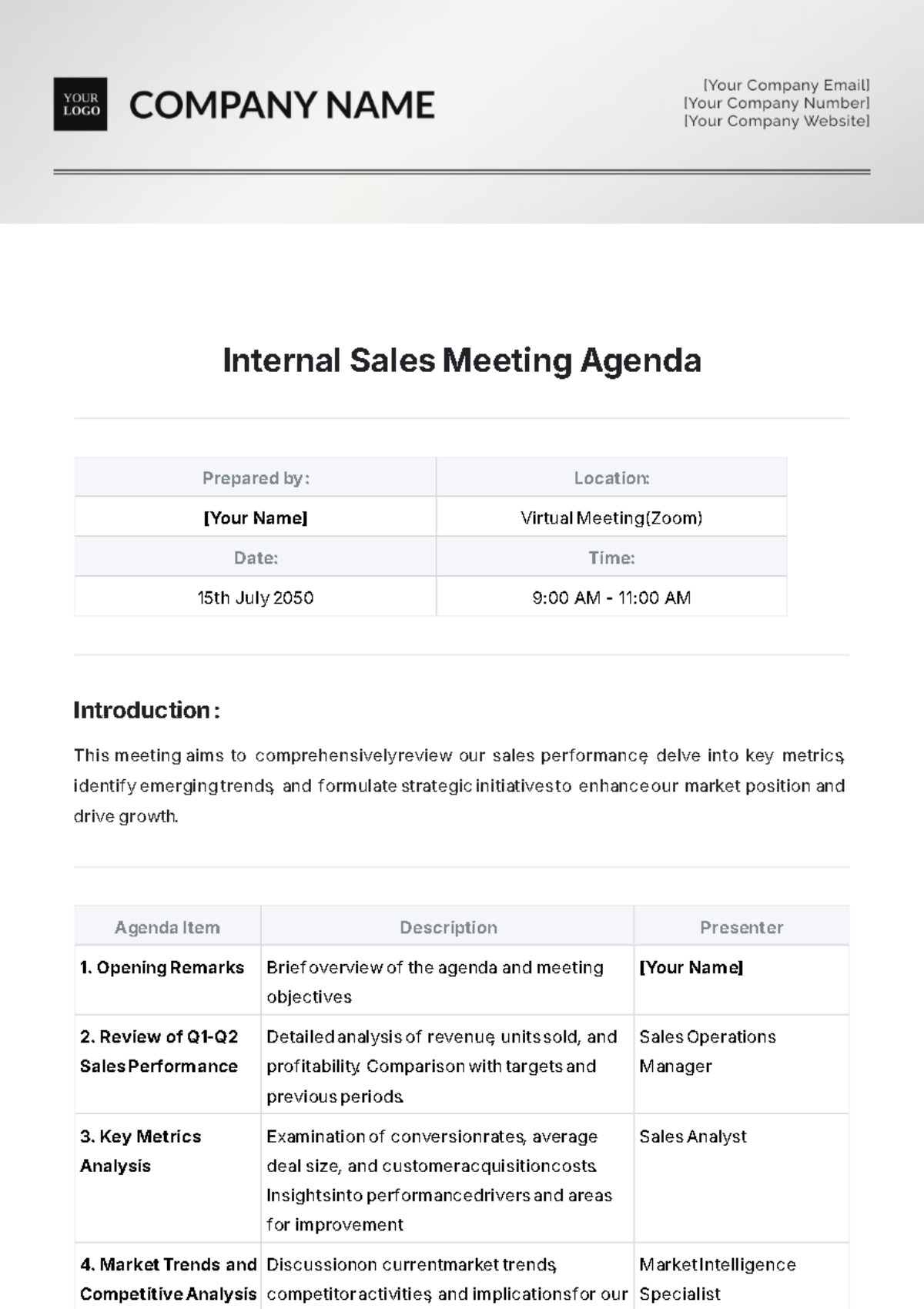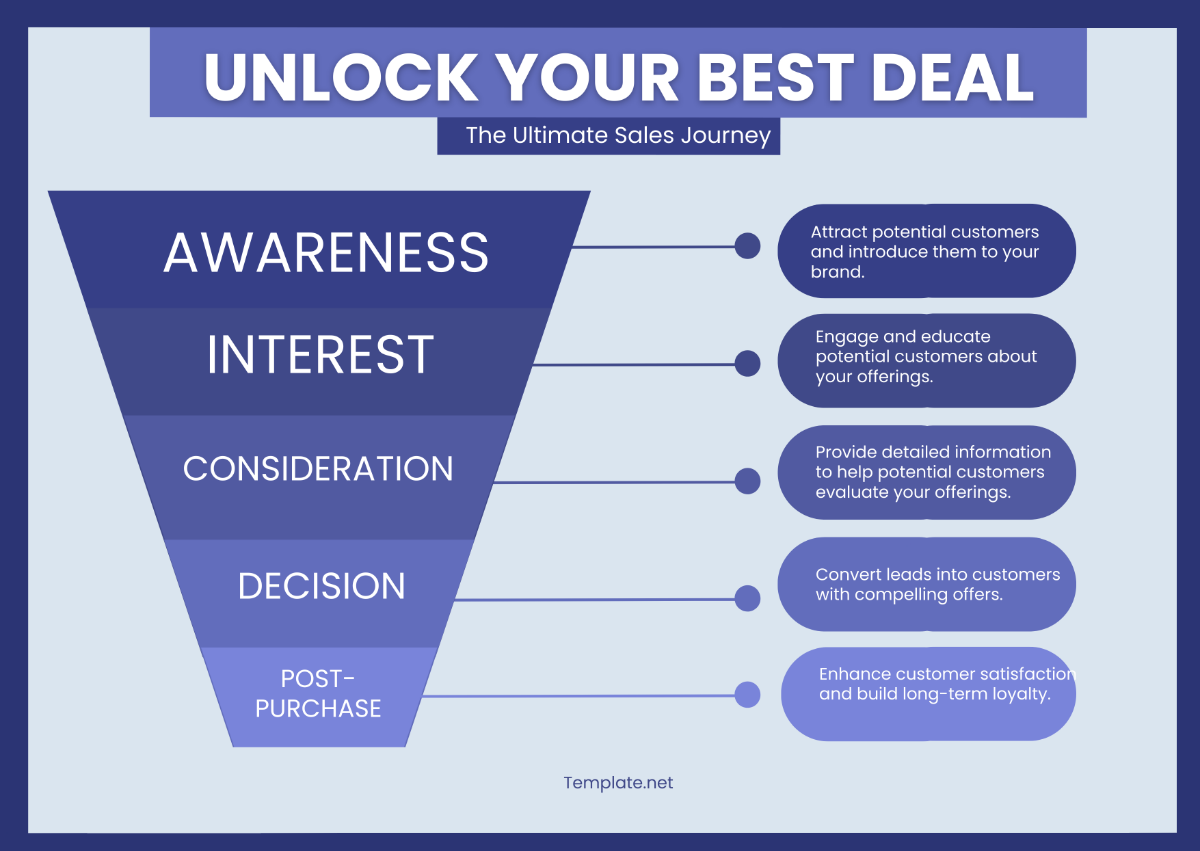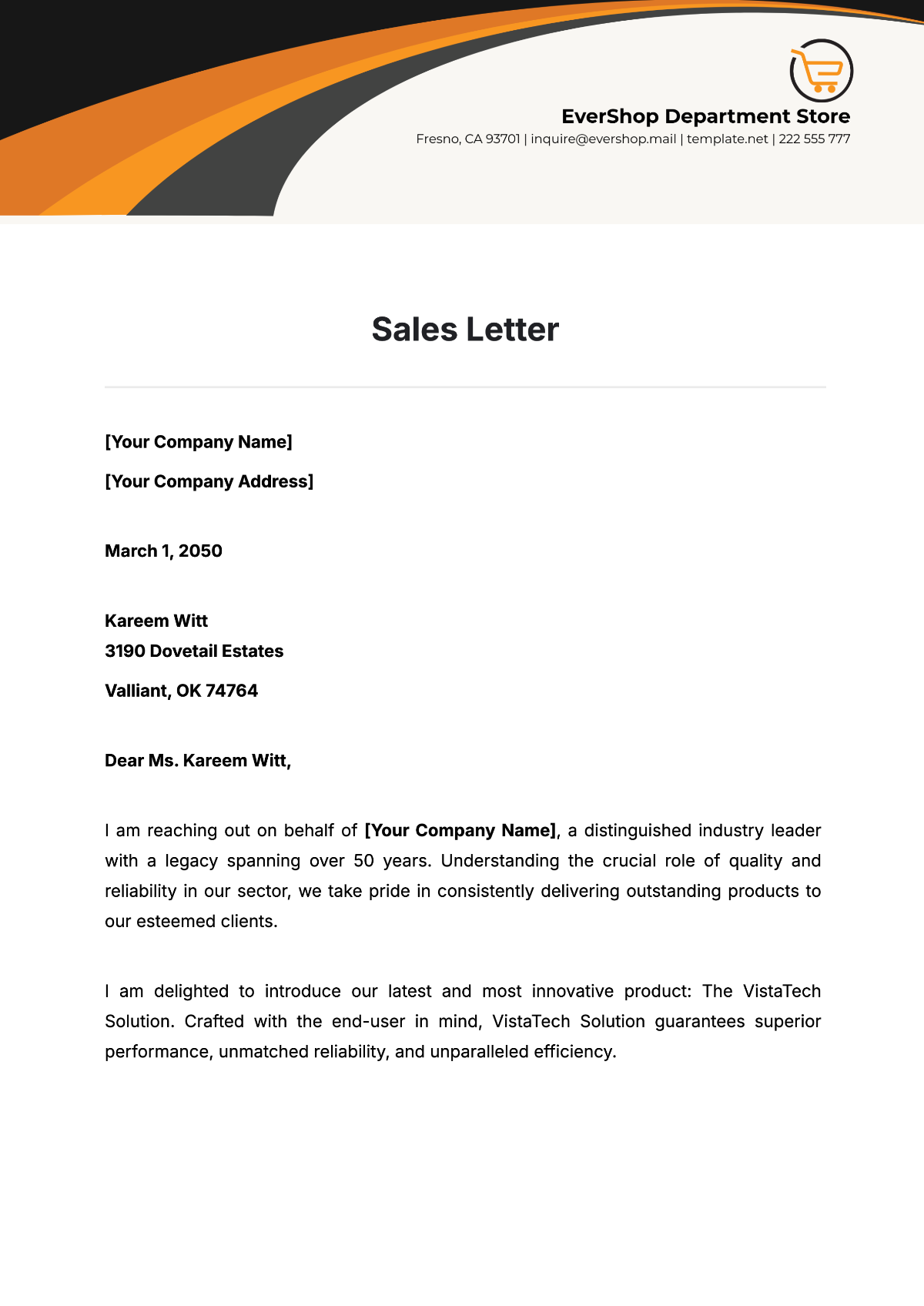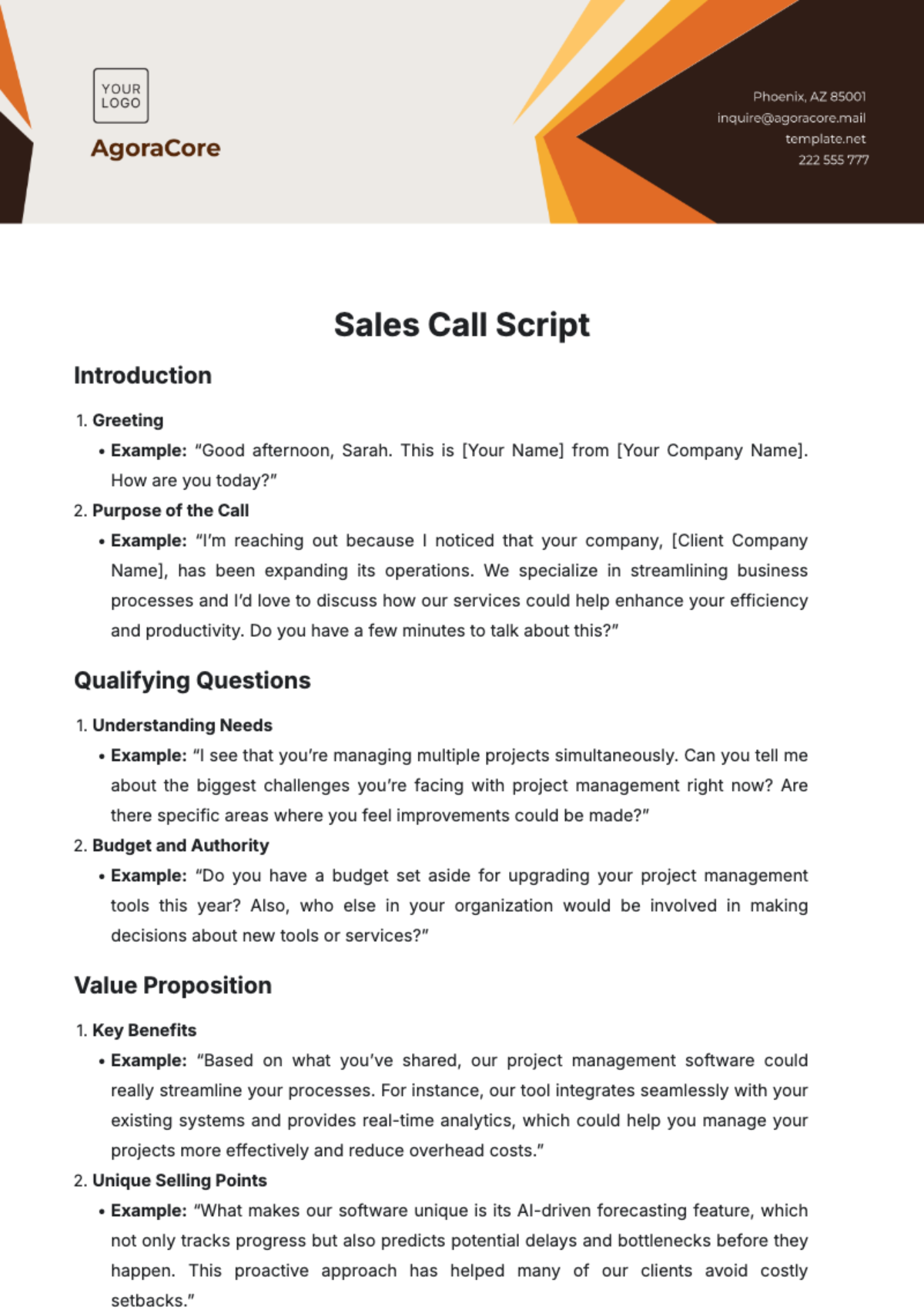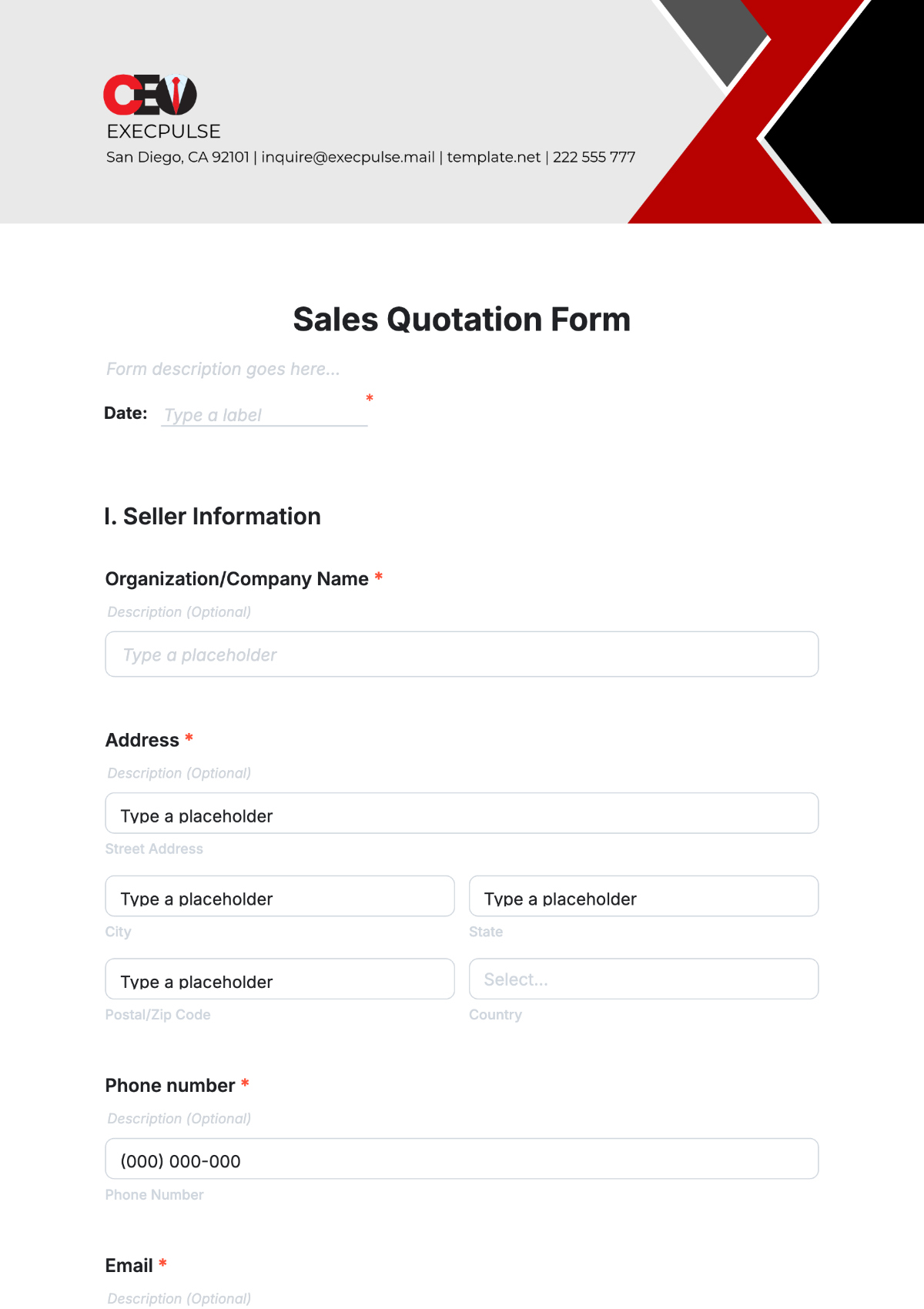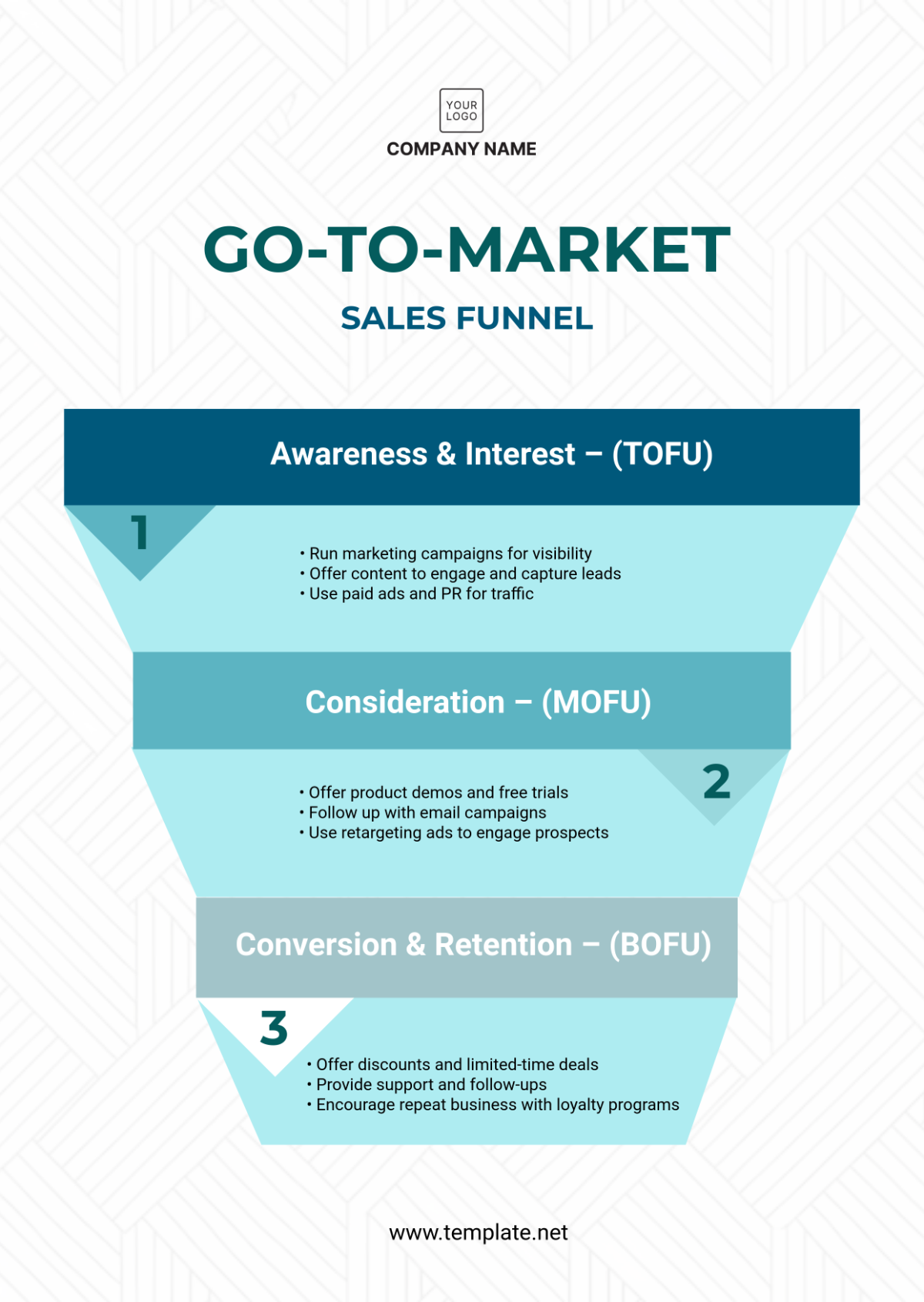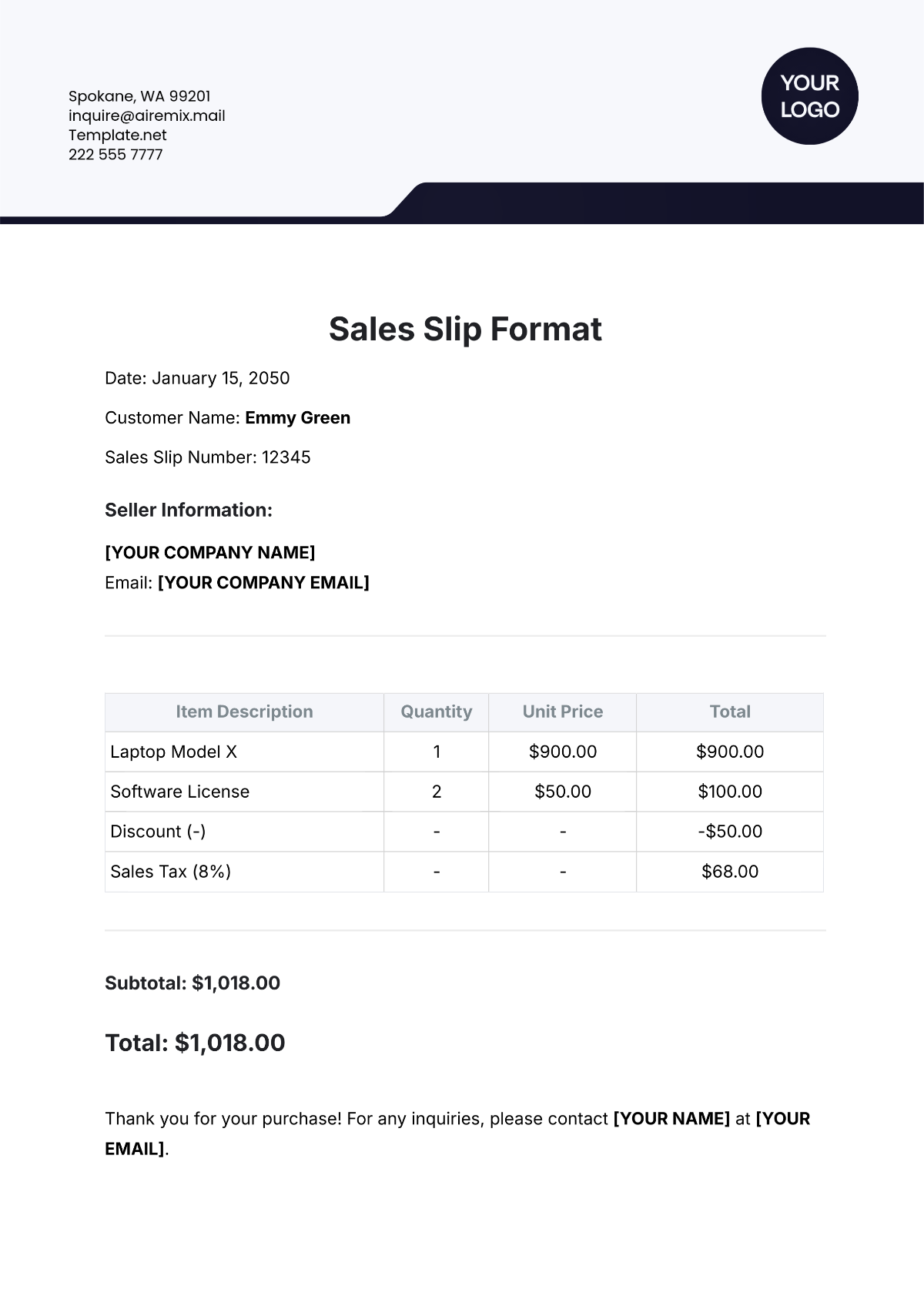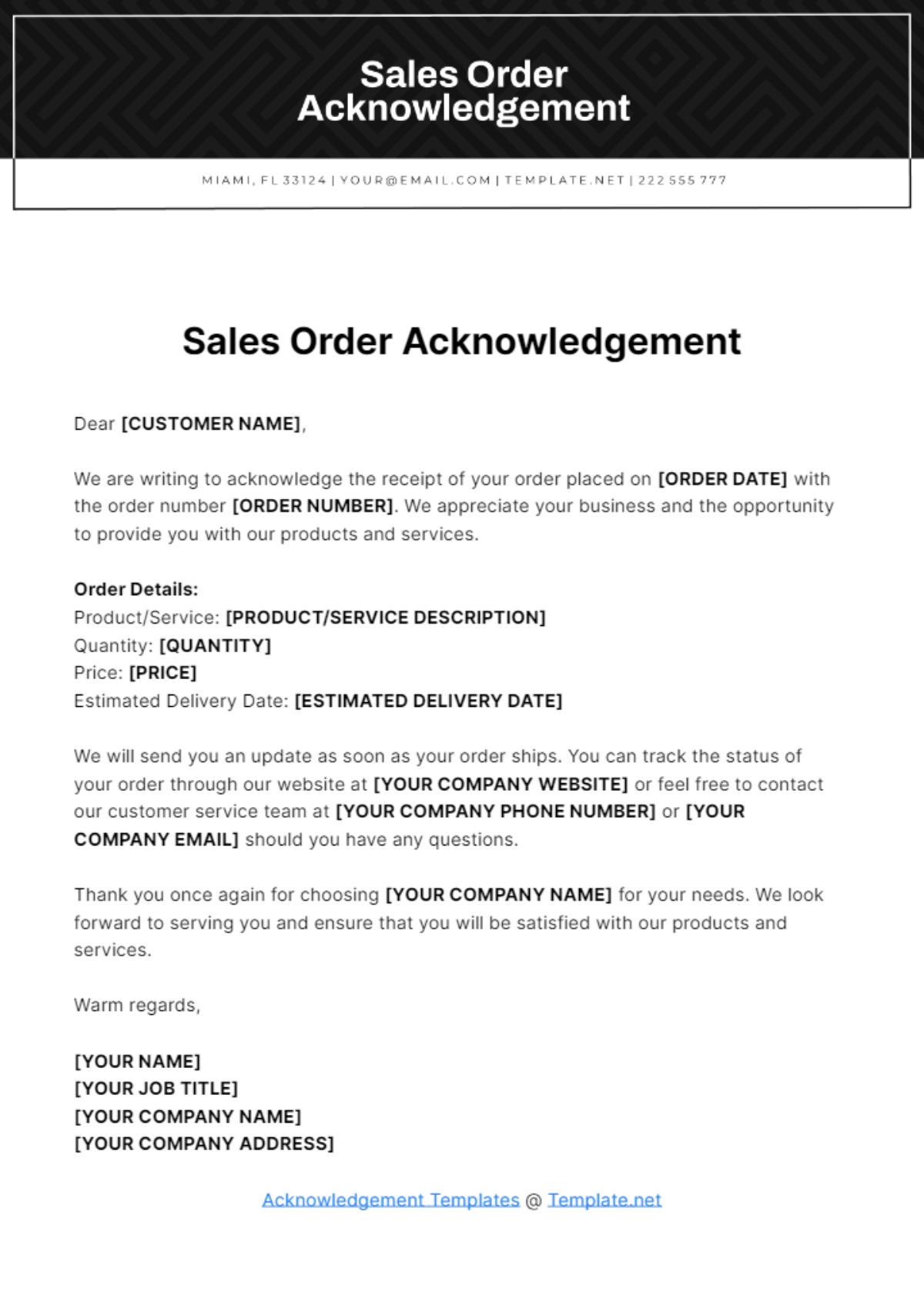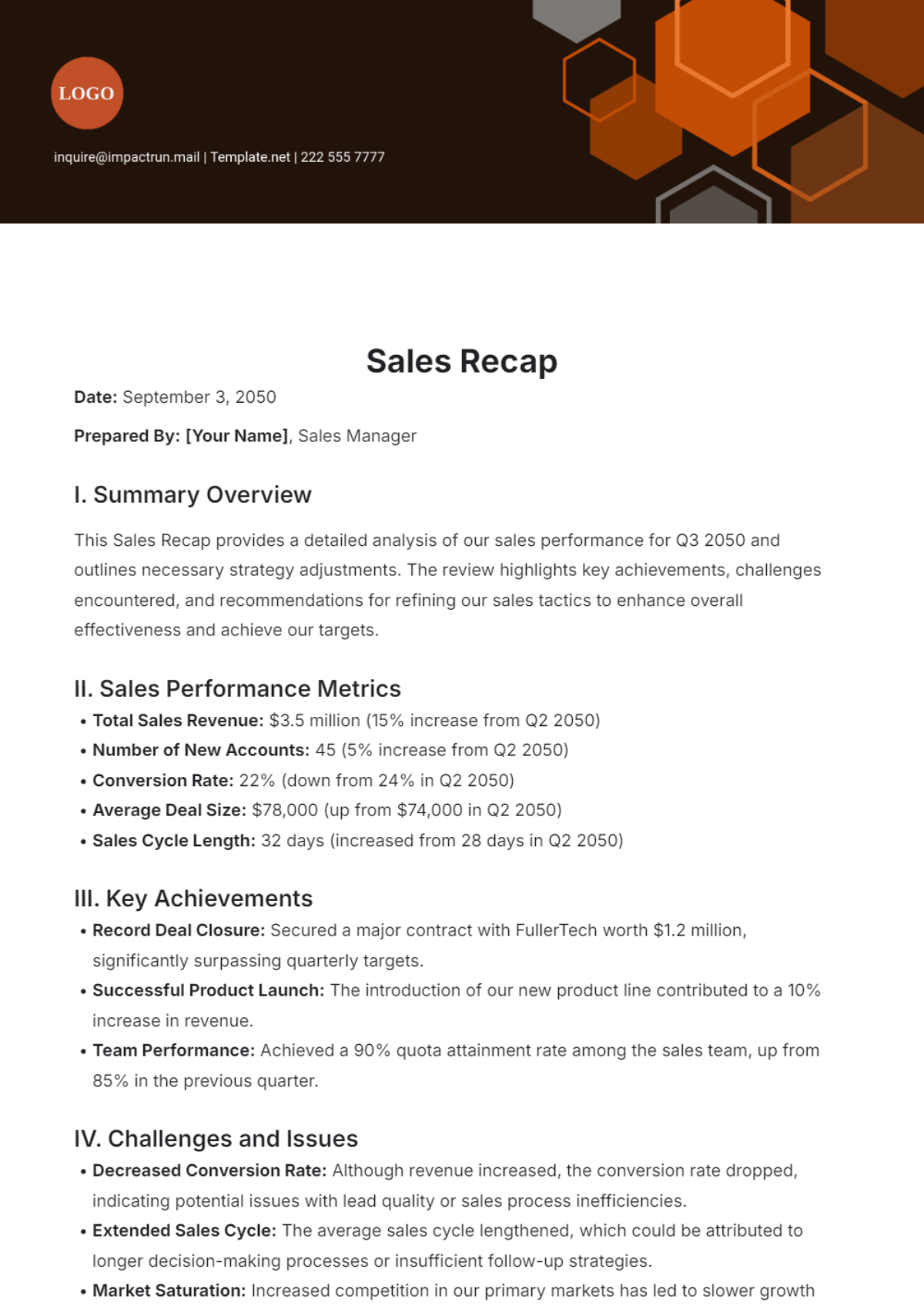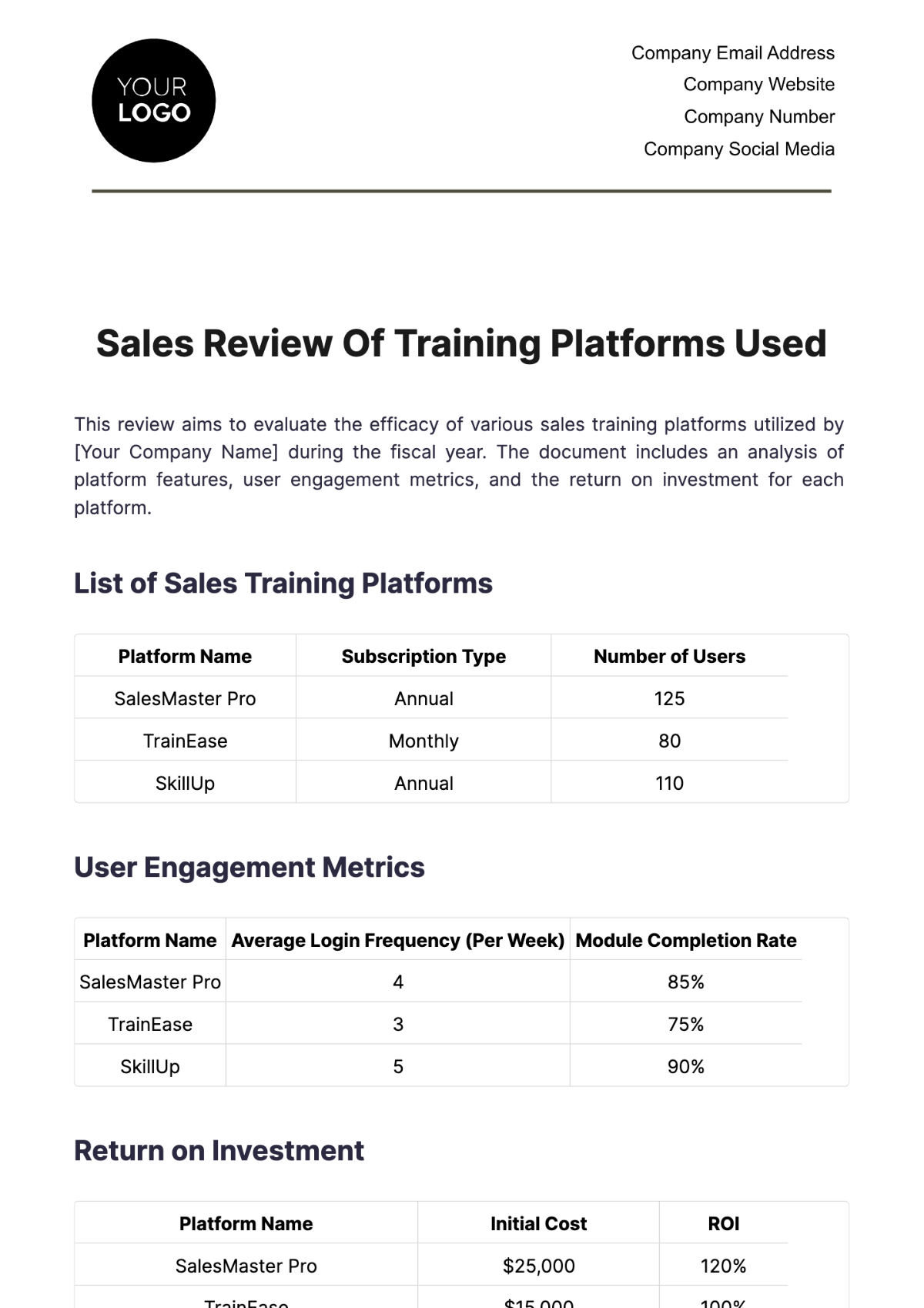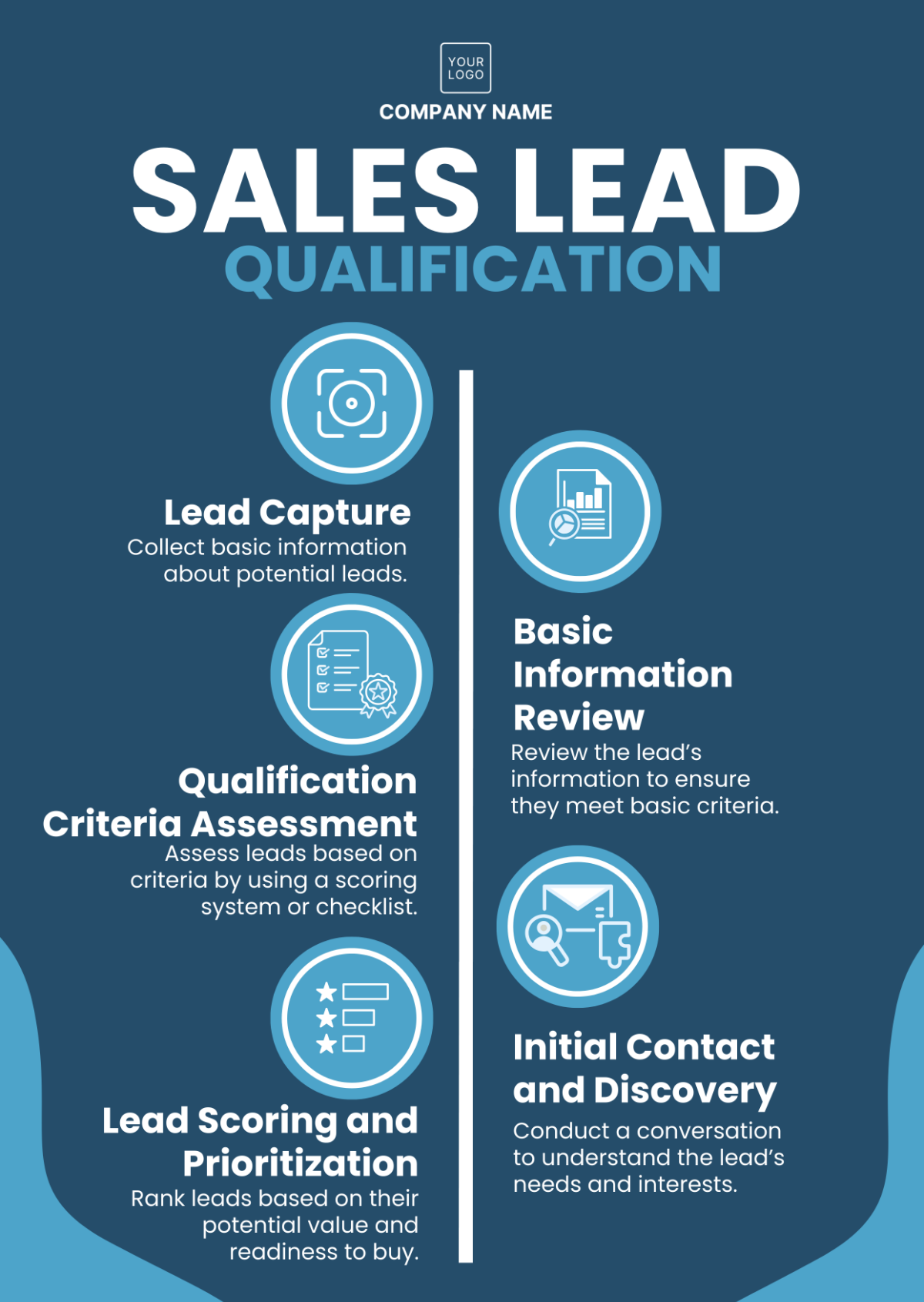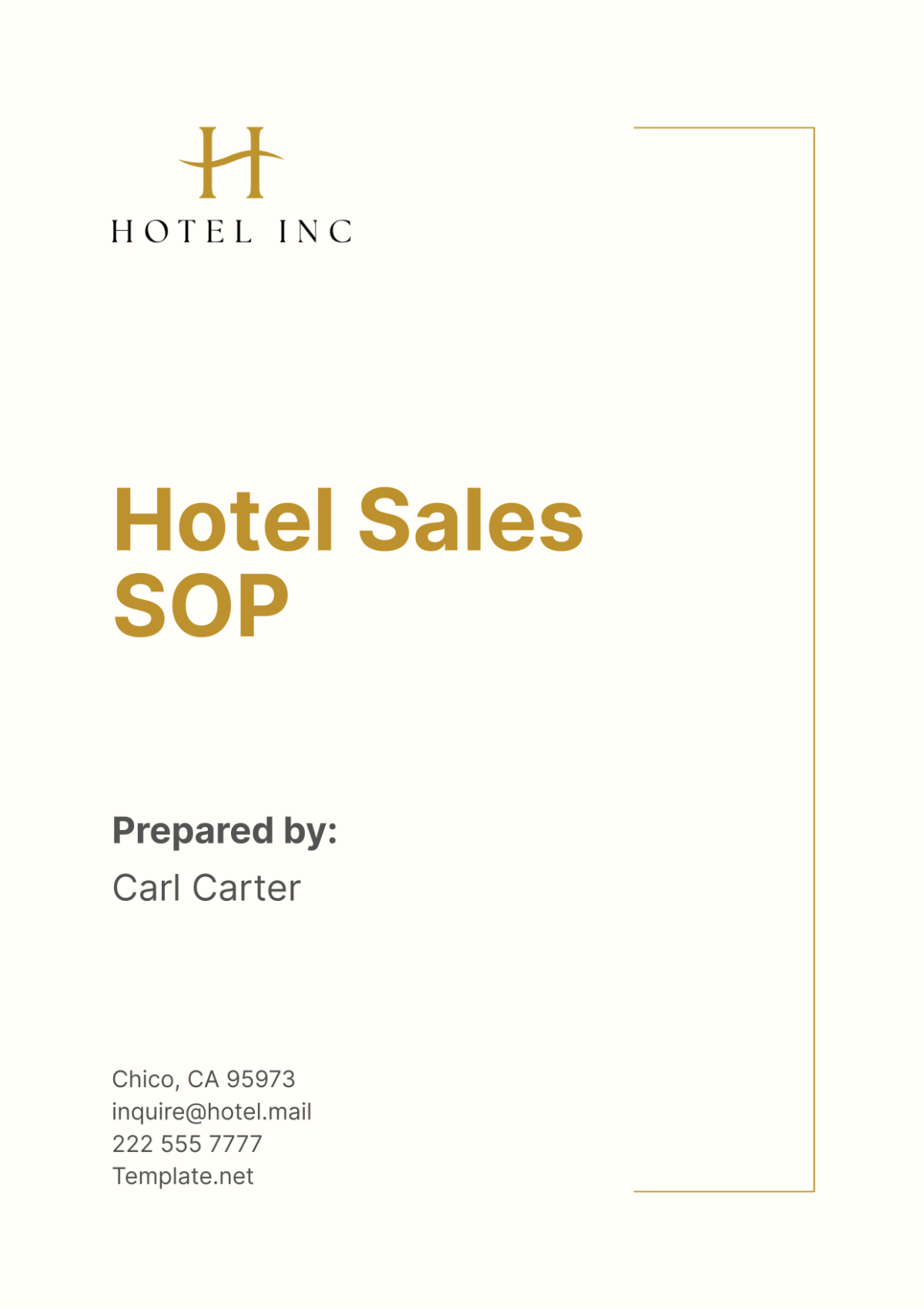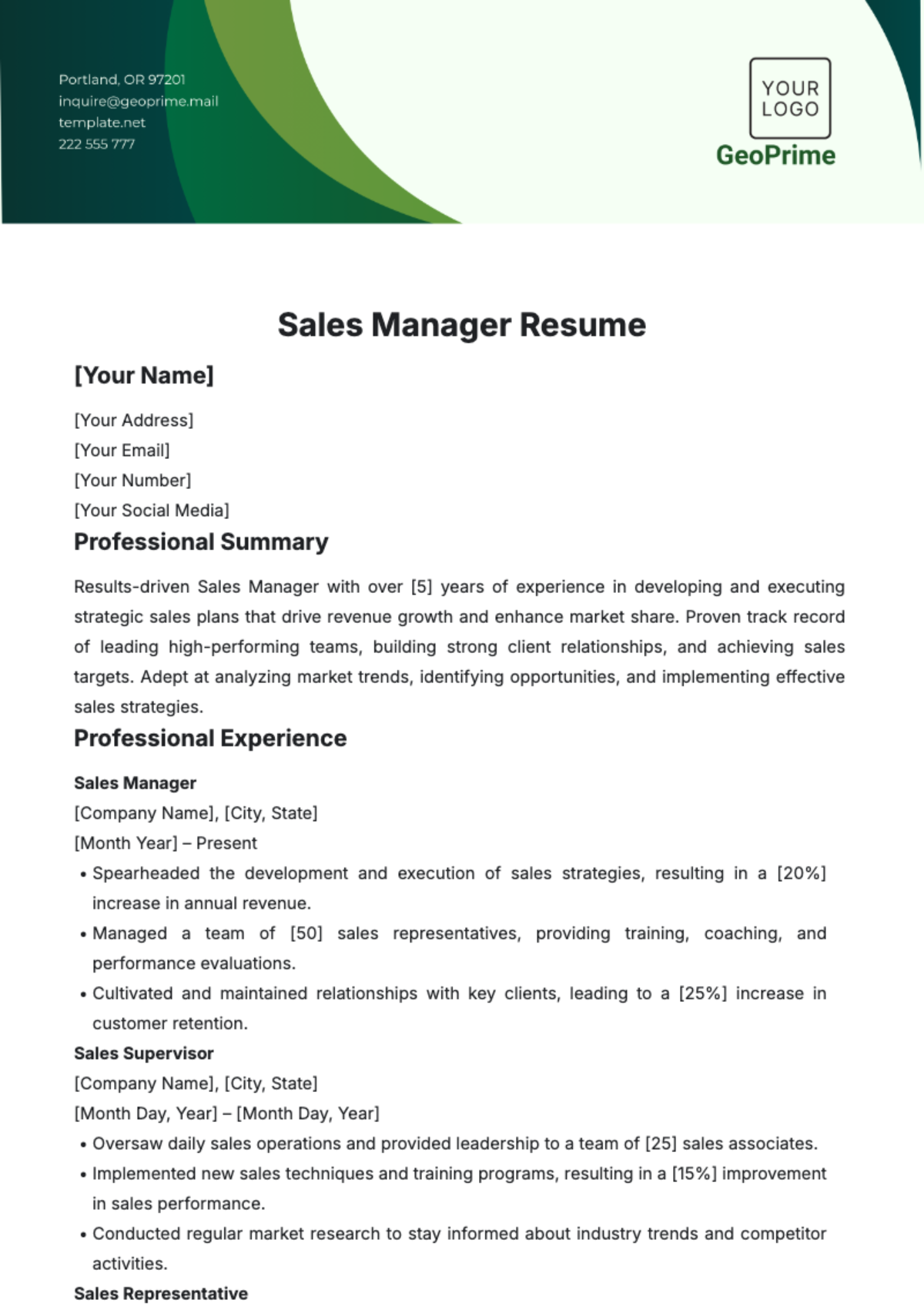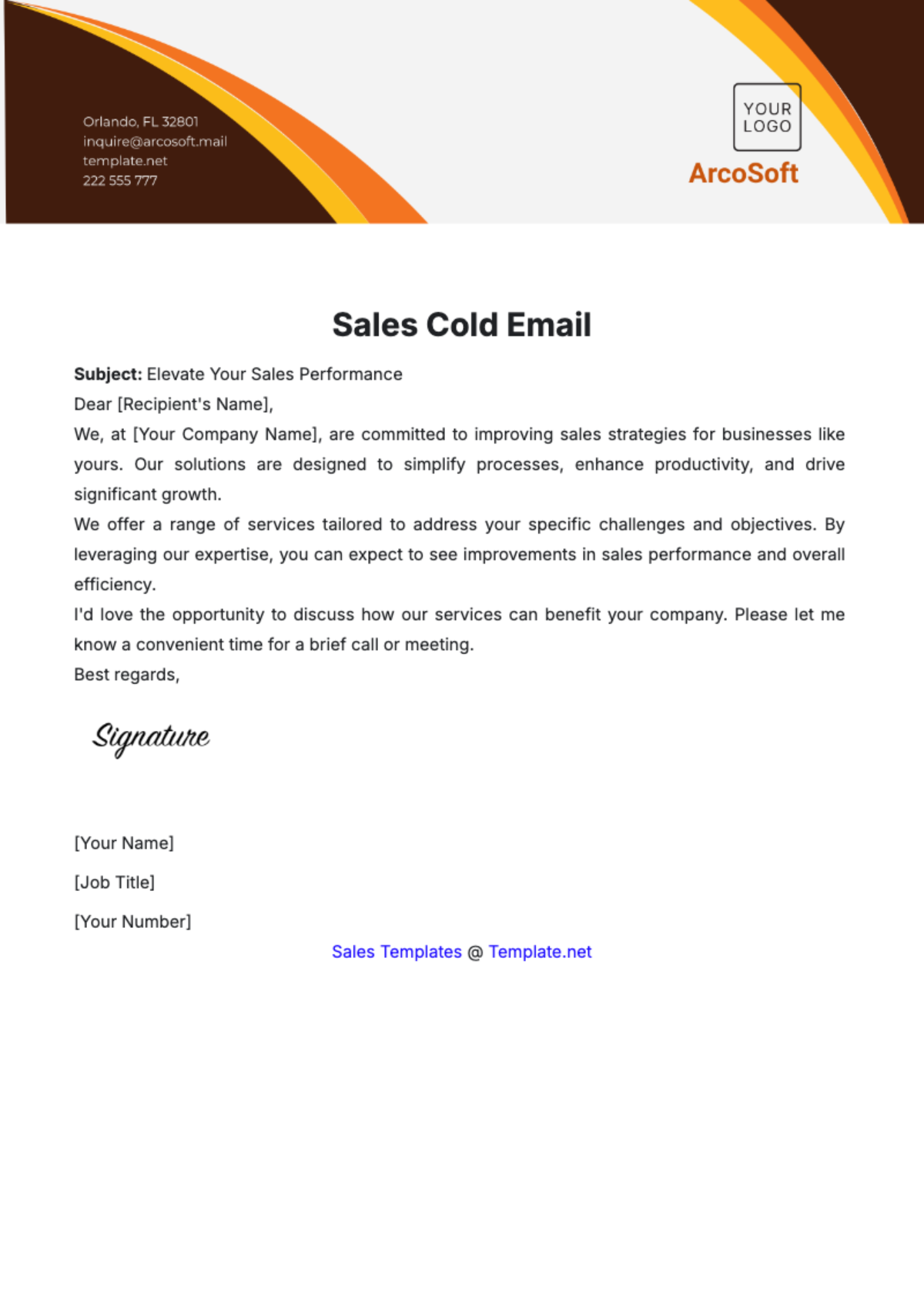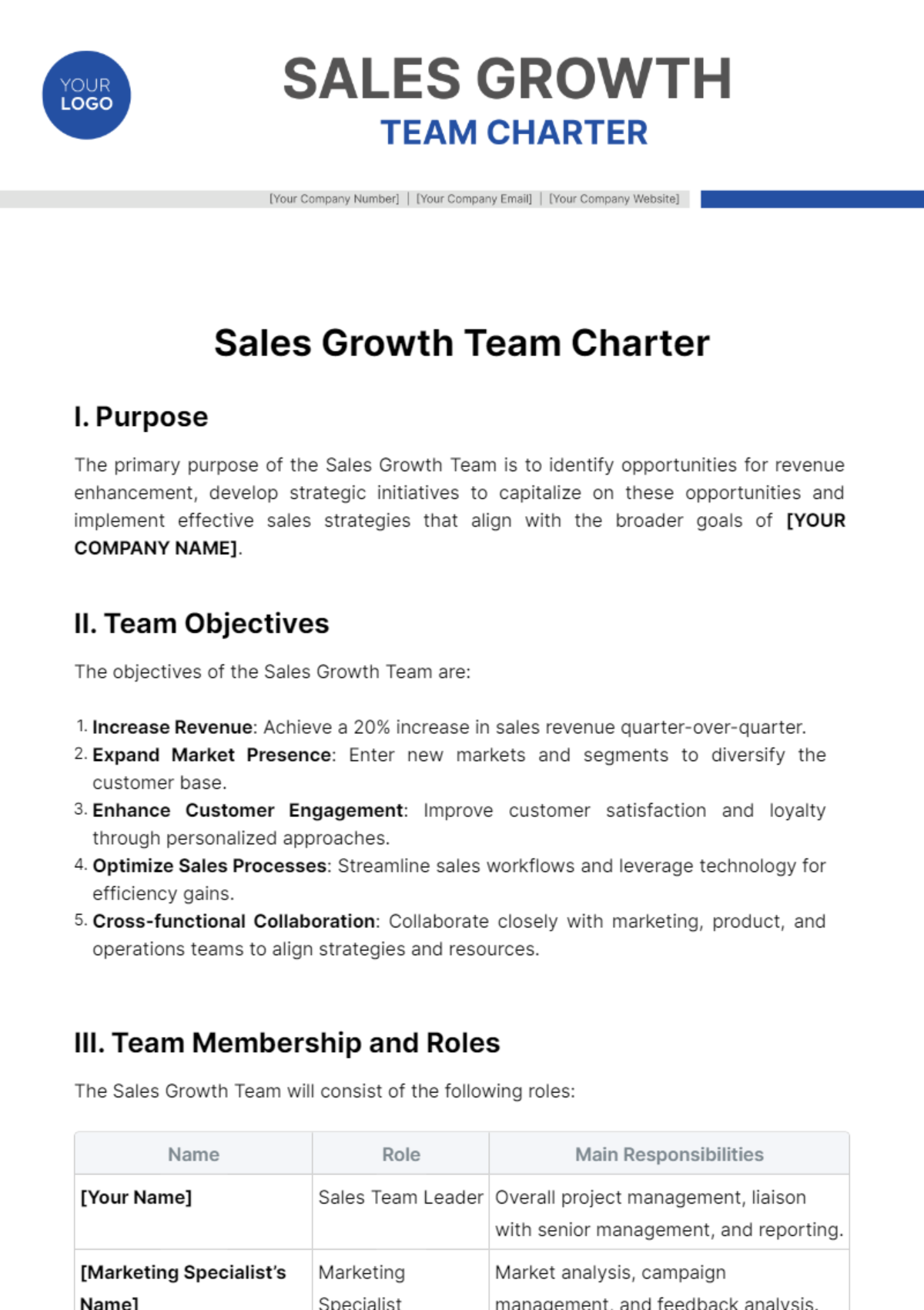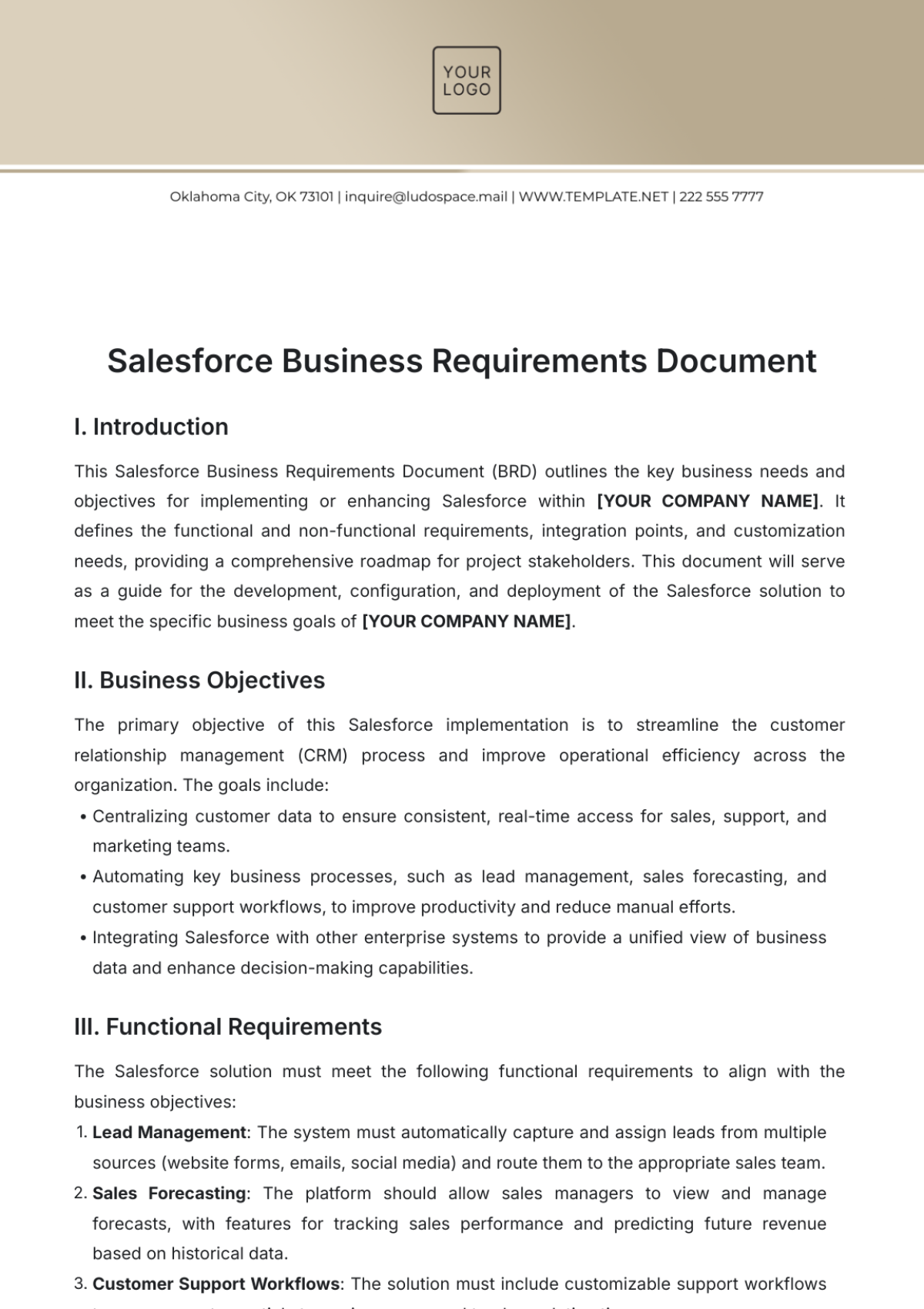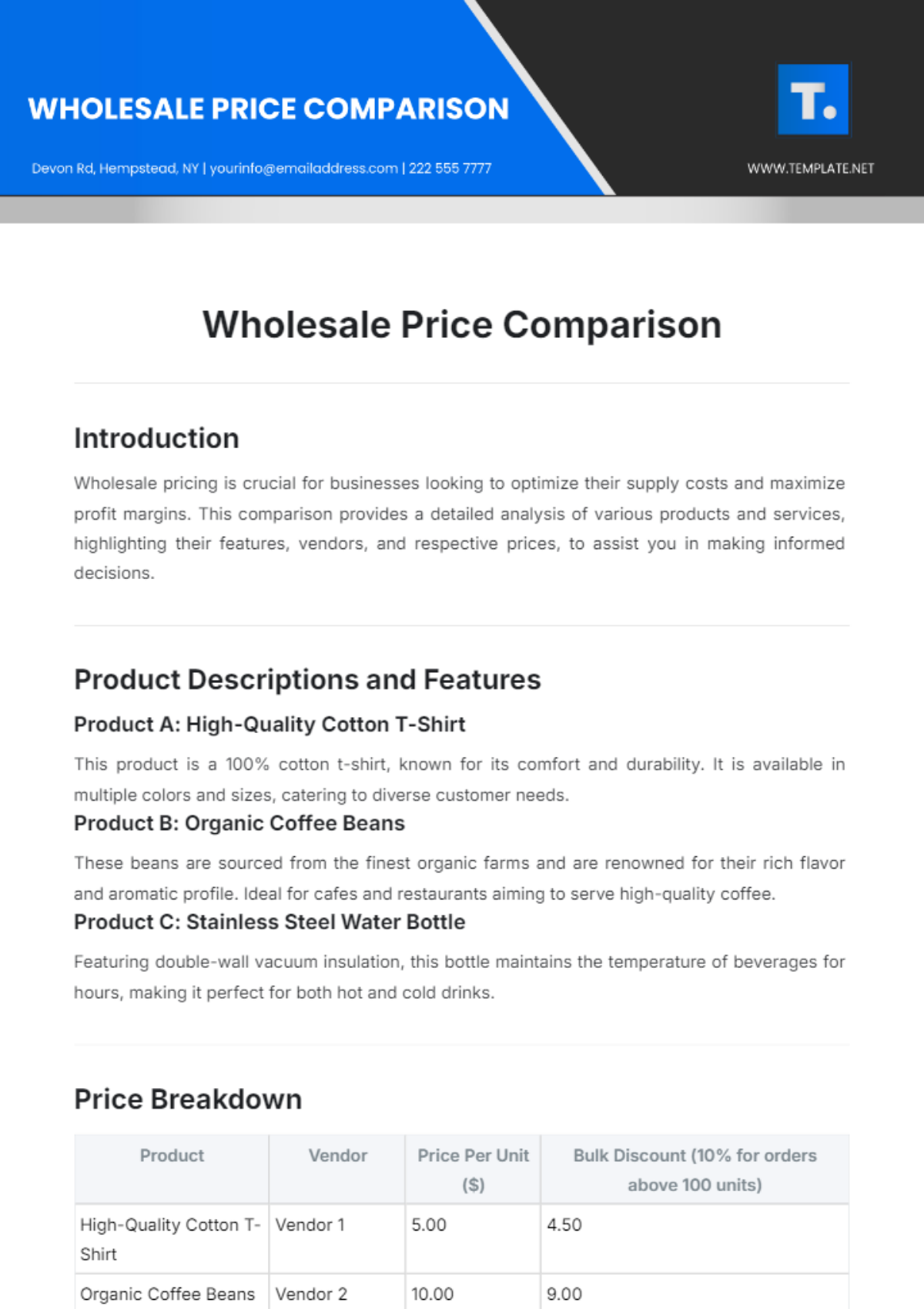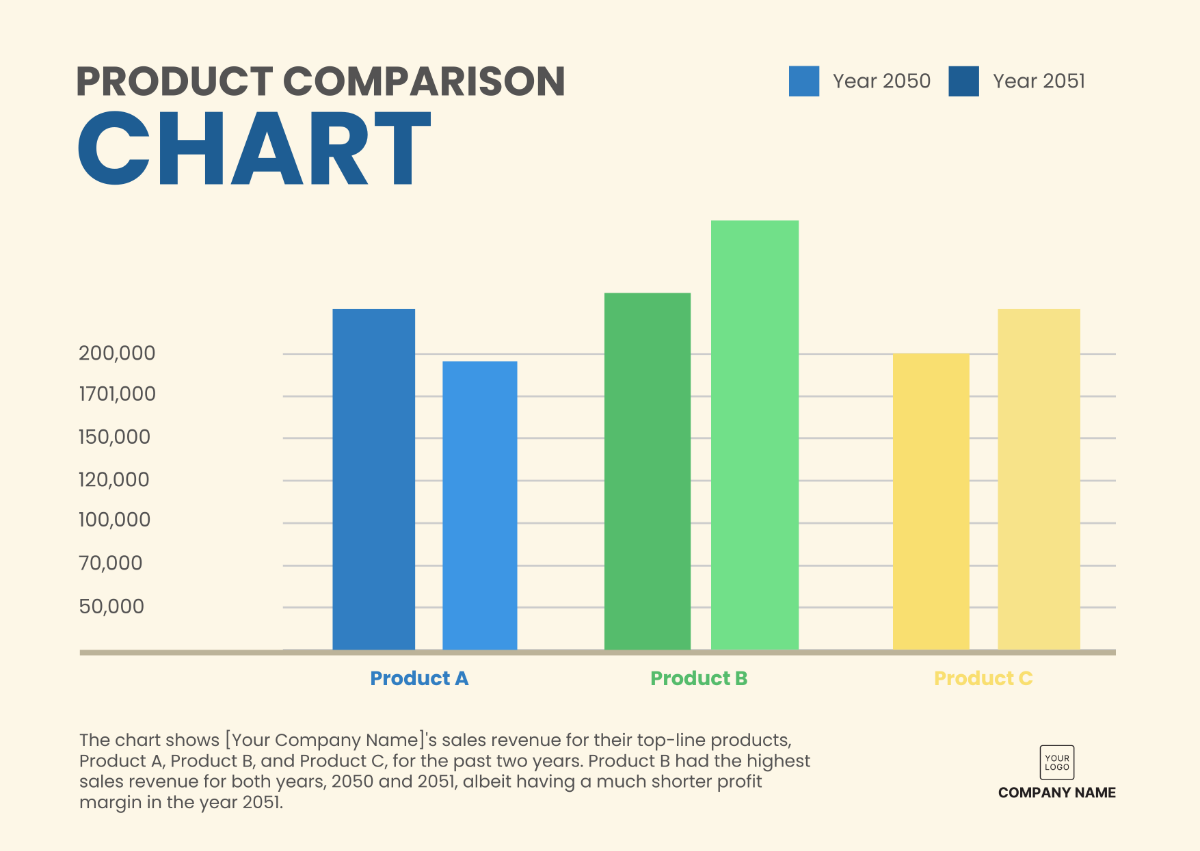Sales Key Account Growth Strategy Document
Executive Summary
In response to the evolving business landscape and recognizing the strategic significance of our key accounts, this Sales Key Account Growth Strategy is developed to elevate our engagement, drive revenue expansion, and fortify lasting partnerships. Key accounts, as major contributors to our revenue stream, demand a focused and tailored approach that goes beyond conventional sales efforts.
Evolving Market Dynamics
In the face of changing market dynamics, staying ahead requires a proactive strategy that not only addresses the current needs of our key accounts but also anticipates and aligns with their future challenges and opportunities. This document outlines a comprehensive plan to achieve these objectives, emphasizing a holistic approach that spans relationship building, personalized solutions, and collaborative initiatives.
Strategic Objectives
Our primary objectives for this strategy encompass:
Revenue Growth: Targeting a substantial [10]% increase in revenue from key accounts within the upcoming fiscal year, reflecting our commitment to delivering tangible value.
Relationship Strengthening: Prioritizing the enhancement of relationships with key stakeholders to foster loyalty, satisfaction, and a deeper understanding of their evolving requirements.
Upselling Synergies: Identifying and capitalizing on upselling opportunities within our key account portfolio, ensuring that our offerings evolve in tandem with the dynamic needs of our clients.
Holistic Approach to Key Accounts
Recognizing that key accounts are not just customers but strategic partners, this strategy aims to transcend traditional transactional interactions. Through a combination of strategic account segmentation, targeted communication, and innovative solutions, we aspire to create a mutually beneficial ecosystem where our success is intricately tied to the success of our key accounts.
Adaptive and Proactive Measures
In a rapidly changing business environment, adaptability is key. This strategy incorporates adaptive measures, leveraging data analytics and predictive analysis to stay ahead of market trends and anticipate the future needs of our key accounts. This forward-looking approach positions us as not just a vendor but a proactive partner in the growth and success of our key clients.
Introduction
Background
In the rapidly evolving landscape of our industry, where technological advancements, market trends, and consumer expectations shape the terrain, the significance of key accounts cannot be overstated. As a cornerstone of our business strategy, these key accounts not only contribute substantially to our revenue but also serve as strategic partners in navigating the complexities of the market.
The background of this Sales Key Account Growth Strategy is rooted in the acknowledgment that the traditional one-size-fits-all approach is no longer sufficient. Key accounts represent diverse entities, each with its unique challenges, opportunities, and aspirations. Recognizing this diversity, our strategy is designed to delve deep into the intricacies of individual key accounts, acknowledging their distinct positions in the market ecosystem.
Objectives
Our objectives extend beyond mere financial gains. While revenue growth is a pivotal goal, we are equally committed to cultivating enduring relationships that withstand the test of time. These relationships are built on a foundation of trust, transparency, and a deep understanding of the intricacies of our key accounts' operations.
The overarching objectives of this strategy are not confined to transactional success; they transcend into the realm of strategic collaboration. By aligning our objectives with those of our key accounts, we seek to foster an environment where success is mutual and intertwined. Our commitment to these objectives reflects our aspiration to be more than a service provider; we aim to be a trusted partner contributing to the sustainable growth of our key accounts.
Rationale for the Strategy
The rationale behind this Sales Key Account Growth Strategy lies in our proactive approach to staying ahead of market shifts. Recognizing that the needs and demands of key accounts are dynamic, the strategy incorporates adaptability and responsiveness as core principles. It is not merely a reaction to current market conditions but a forward-looking initiative that positions us as an anticipatory partner, ready to address emerging challenges and seize new opportunities alongside our key accounts.
Moreover, in an era where customer experience is paramount, our strategy places a strong emphasis on enhancing the overall journey of our key accounts. It goes beyond the transactional aspects of business to create an immersive and collaborative experience, where our key accounts feel valued, understood, and integral to the co-creation of value.
Key Account-Centric Approach
This strategy represents a paradigm shift in our approach, moving away from a product-centric mindset to embrace a key account-centric philosophy. We recognize that the success of our key accounts is intricately linked to our ability to provide tailored solutions, anticipate their needs, and act as strategic advisors in their business journey.
The introduction sets the stage by recognizing the evolving landscape, articulating our strategic objectives, outlining the rationale for the strategy, and emphasizing a key account-centric approach. It establishes the context for a comprehensive and dynamic approach that aims not only to meet but exceed the expectations of our key accounts in the ever-changing business environment.
Key Account Identification and Segmentation
Criteria for Key Account Selection
Our approach to identifying key accounts is guided by a meticulous set of criteria, ensuring that the selection process is strategic and aligned with our overall business objectives.
Annual Revenue Contribution: Key accounts are identified based on their substantial annual revenue contribution, surpassing a predefined threshold. This criterion ensures that our focus is directed towards those accounts that significantly impact our financial performance.
Strategic Alignment: We prioritize key accounts that align strategically with our core business goals and values. This alignment is critical for fostering long-term partnerships where both parties share common objectives and vision.
Growth Potential: Key accounts are selected based on their demonstrated potential for future growth. We assess not only their current position in the market but also their trajectory, ensuring that our efforts are invested in accounts poised for expansion.
Account Segmentation
Recognizing the diverse nature of our key accounts, we implement a thoughtful segmentation strategy. This segmentation goes beyond traditional categorizations and takes into account the unique characteristics and needs of each account.
Tier 1: High-revenue, Strategic Partners: This tier comprises accounts that are not only high in revenue but also strategically important to our overall business. These are our strategic partners with substantial growth potential.
Tier 2: Moderate-revenue, Steady Growth: Accounts in this tier represent a balance of moderate revenue contribution and steady growth. They are integral to our overall portfolio and present opportunities for collaborative development.
Tier 3: Emerging Accounts with High Potential: This tier focuses on accounts that may have a smaller current revenue but exhibit high growth potential. Investing in these emerging accounts aligns with our commitment to nurturing future key partnerships.
Collaborative Selection Process
The identification and segmentation process is not unilateral but rather a collaborative effort involving key stakeholders from sales, marketing, and senior management. This collaborative approach ensures a holistic understanding of each account, drawing on diverse perspectives to inform the selection and segmentation decisions.
Adaptive Nature of Key Account Identification
Key account identification is not a one-time event; it's a dynamic process that evolves as market conditions, industry trends, and the needs of our key accounts change. Regular reviews and recalibrations ensure that our focus remains aligned with the dynamic nature of our business environment.
Tailored Approach to Each Segment
Our segmentation strategy is not merely a classification exercise but a blueprint for a tailored approach. Each segment receives specific attention, with strategies and initiatives crafted to address the unique challenges and opportunities presented by accounts within that segment.
The key account identification and segmentation section underscores our strategic approach to selecting and categorizing key accounts. It emphasizes the need for a dynamic and collaborative process that goes beyond financial considerations to encompass strategic alignment and growth potential, setting the stage for the subsequent sections of the Sales Key Account Growth Strategy.
Customer Profiling
Key Account A: Manufacturing Industry
Industry Significance: A leading player in the manufacturing sector, Key Account A holds a prominent position in the market, contributing not only to our revenue but also influencing industry trends.
Size and Scale: As a large enterprise, Key Account A operates on a significant scale, necessitating tailored solutions to address the complexities of its extensive operations.
Key Decision-Makers:
[Name] (CEO): A visionary leader driving the company's strategic direction.
[Name] (CFO): Responsible for financial strategies and decision-making.
[Name] (Procurement Head): Influential in shaping procurement policies and vendor relationships.
Key Account B: [Technology Industry]
Industry Dynamics: Key Account B operates in the dynamic technology sector, characterized by rapid advancements and ever-changing consumer demands. Staying ahead of technological trends is paramount for sustained growth.
Size and Agility: As a medium-sized company, Key Account B combines agility with innovation, presenting opportunities for collaborative endeavors and responsive solutions.
Key Decision-Makers:
[Name] (CTO): A technology evangelist steering the company's technological initiatives.
[Name] (IT Director): Instrumental in shaping the company's IT infrastructure and digital strategy.
Proactive Engagement
Our customer profiling extends beyond a static overview. It serves as the foundation for proactive engagement, allowing us to anticipate needs, align solutions with strategic objectives, and position ourselves as more than a service provider — as a strategic ally invested in the success of our key accounts.
Relationship Building
Stakeholder Engagement
Building robust relationships with key stakeholders is at the core of our Sales Key Account Growth Strategy. Recognizing that successful partnerships extend beyond transactions, we are committed to a proactive and collaborative engagement approach.
Monthly Meetings: Fostering regular communication is essential. Monthly meetings are scheduled to delve into the evolving needs of key accounts, understand market dynamics, and align our offerings with their strategic goals. These sessions serve as a platform for open dialogue, ensuring that we stay attuned to the nuances of each key account.
Quarterly Business Reviews: To assess performance, address concerns, and explore growth opportunities, we conduct Quarterly Business Reviews. These structured sessions go beyond transactional discussions, allowing us to collaboratively evaluate the impact of our solutions, identify areas for improvement, and jointly strategize for future success.
Communication Strategy
A tailored communication strategy is pivotal in maintaining strong relationships. Our approach is designed to be informative, personalized, and responsive.
Monthly Newsletters: Key accounts receive monthly newsletters crafted with industry insights, product updates, and relevant news. These newsletters not only keep key stakeholders informed but also position us as thought leaders within their industry, providing valuable insights that extend beyond our immediate offerings.
Personalized Updates: Recognizing the uniqueness of each key account, our communication includes personalized updates on new product or service offerings. These updates are curated to address specific needs or challenges faced by each account, showcasing our commitment to understanding and responding to their individual requirements.
Stakeholder Relationship Management (SRM)
Our approach goes beyond traditional customer relationship management. We embrace Stakeholder Relationship Management (SRM), recognizing that key accounts involve multiple stakeholders with varied interests and influence.
Dedicated Account Managers: To ensure personalized support, each key account is assigned a dedicated account manager. This individual serves as a single point of contact, understanding the intricacies of the account, and proactively addressing concerns or opportunities that may arise.
Cross-Functional Collaboration: Relationship building is a collaborative effort. Our teams work seamlessly across departments, fostering cross-functional collaboration to ensure that the entire organization is aligned with the unique needs of our key accounts. This collaborative approach extends from sales and customer service to product development and beyond.
Proactive Issue Resolution
Recognizing that challenges are inevitable in any partnership, we approach issue resolution proactively. Our strategy includes:
Issue Identification Mechanism: Implementing mechanisms to identify issues before they escalate, such as regular check-ins, feedback sessions, and continuous monitoring of key performance indicators.
Actionable Plans: Developing actionable plans to address identified issues promptly. This involves a collaborative effort between our teams and key stakeholders, ensuring that resolutions are not only swift but also sustainable.
Relationship Enhancement Initiatives
Acknowledging that relationships require continual nurturing, our strategy includes:
Networking Events: Facilitating networking events that bring key account stakeholders together with our team. These events provide a platform for relationship-building beyond formal meetings, fostering a sense of camaraderie and partnership.
Training and Development Programs: Offering training and development programs tailored to the needs of key account teams. This not only enhances their skills but also deepens their understanding of our products and services.
Customized Solutions
Tailored Offerings For Key Account A, customized solutions may include:
Custom Configurations: Tailoring product configurations to align with specific manufacturing processes.
Exclusive Service Packages: Offering exclusive service packages to address supply chain challenges.
Value Proposition
Proactive Problem-Solving: Anticipating challenges and providing proactive solutions.
Dedicated Account Management: Assigning dedicated account managers for personalized support.
Continuous Innovation: Introducing innovations tailored to the unique needs of each industry.
Cross-Selling and Upselling
Opportunities Identification
Regular Account Reviews: Evaluating account needs to identify opportunities for introducing complementary products or services.
Cross-Functional Collaboration: Collaborating between sales and product teams to explore synergies and new offerings.
Upselling Strategies
Advanced Features: Introducing advanced features or premium service tiers based on key account requirements.
Training and Support Packages: Offering personalized training and support packages to enhance the value of our offerings.
Continuous Monitoring and Improvement
Performance Metrics
Annual Revenue Growth: Measuring the percentage increase in revenue from key accounts.
Customer Satisfaction Scores: Regularly collecting and analyzing customer satisfaction feedback.
Upsell and Cross-Sell Success Rates: Evaluating the success of upselling and cross-selling initiatives.
Feedback Mechanism
Regular Surveys: Conducting regular surveys to gather feedback on our products, services, and overall relationship.
Actionable Plans: Implementing actionable plans based on identified issues to ensure continuous improvement.
Collaboration with Marketing
Aligned Messaging
Key Account Success Stories: Incorporating key account success stories in our promotional materials to showcase real-world benefits.
Tailored Marketing Messages: Crafting marketing messages that resonate with the challenges and goals of our key accounts.
Joint Initiatives
Co-Hosted Webinars: Hosting webinars that address industry challenges and showcase our joint expertise.
Thought Leadership Content: Developing thought leadership content collaboratively to position ourselves as industry leaders.
Data Analytics
Data Utilization
Predictive Analysis: Utilizing predictive analysis to understand key account behavior and preferences.
Identifying Patterns and Trends: Analyzing data to identify patterns and trends in key account purchasing decisions.
Predictive Analysis
Anticipate Future Needs: Predicting future needs of key accounts based on historical data and industry trends.
Identify Emerging Trends: Staying ahead of emerging trends within the industries of our key accounts.
Conclusion
This Sales Key Account Growth Strategy is a dynamic roadmap crafted to foster stronger relationships, provide tailored solutions, and maximize the potential of our key accounts. Through strategic collaboration and a customer-centric approach, we aim to achieve sustainable growth and mutual success.




